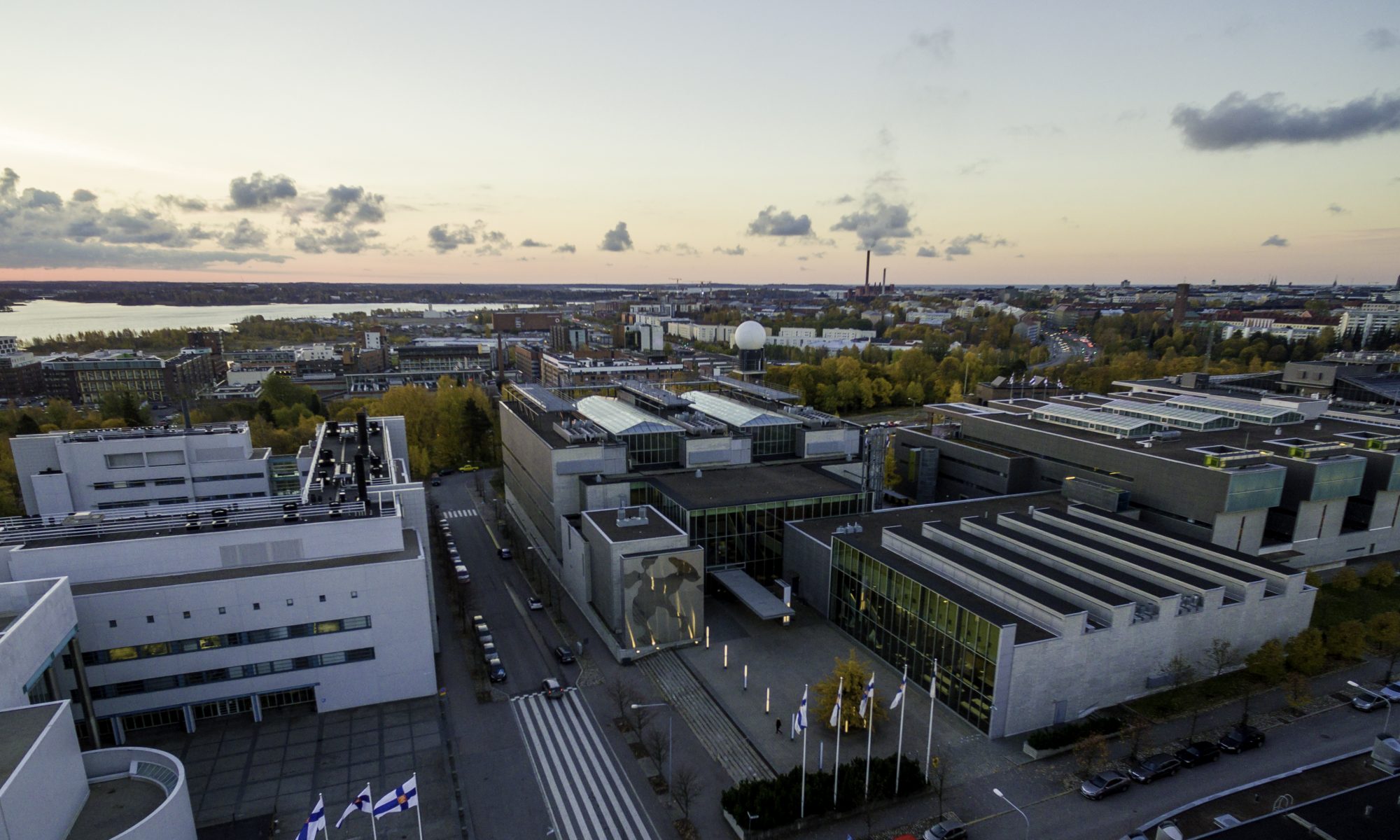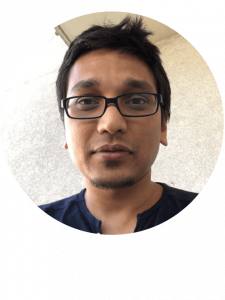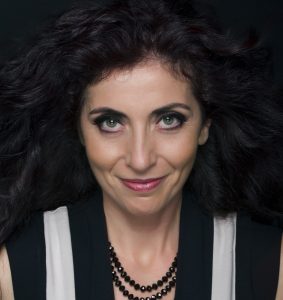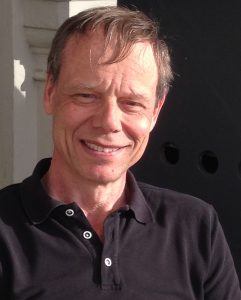 Our next Physics Colloquium for the spring 2021 will take place on Friday, April 9th. We will have a presentation to be given by the current Physical Sciences Editor of Nature, Karl Ziemelis.
Our next Physics Colloquium for the spring 2021 will take place on Friday, April 9th. We will have a presentation to be given by the current Physical Sciences Editor of Nature, Karl Ziemelis.
Karl Ziemelis received his bachelor’s in Natural Sciences (specializing in physics) from the University of Cambridge in 1988, followed by four years of original research on the optoelectronic properties of conjugated polymers under the supervision of Professor Richard Friend (Cavendish Laboratory, Cambridge), before joining the staff of Nature in 1992, of which he became the Physical Science Editor in 1997. When time permits, he occasionally writes in a freelance capacity for Nature (having contributed to the news and “News and Views” sections of the journal) and also for the popular science weekly magazine New Scientist.
In his colloquium, titled Writing for Impact, Karl will talk about what makes a great paper and give us some tricks on writing for high-impact journals.
The event will be held on Friday 09.04.21 at 14:15, on Zoom (Meeting ID: 611 3772 2482 – Passcode: 556533 ).
Here is the abstract:
What makes a great paper? Great science, of course! But that is only part of the equation. A great paper will not usually write itself: as the author of such a piece, you need to know your audience, be mindful of your readers’ time and – perhaps most importantly – lay clear foundations for future developments. I will give a Nature editor’s perspective of what works (and what doesn’t), along with some general “tricks of the trade” for maximising the impact of your written work. At the end of the day, you want your papers to be read, used and (maybe) even enjoyed.

 loquium for this spring will take place on Friday, March 5th. We will have a presentation to be given by Manohar Kumar, whose recent work in the field of quantum physics was featured on the front cover of Science. In this colloquium, titled Mystery particle anyons finally revealed their identity in a particle collider, Manohar will talk about the discovery of the nature of anyons.
loquium for this spring will take place on Friday, March 5th. We will have a presentation to be given by Manohar Kumar, whose recent work in the field of quantum physics was featured on the front cover of Science. In this colloquium, titled Mystery particle anyons finally revealed their identity in a particle collider, Manohar will talk about the discovery of the nature of anyons. Colloquium for 2021 will take place on Friday, February 19th. We will have a presentation to be given by Otso Ovaskainen, a renowned expert in ecological modelling.
Colloquium for 2021 will take place on Friday, February 19th. We will have a presentation to be given by Otso Ovaskainen, a renowned expert in ecological modelling.  Our last online Physics Colloquium for the Autumn 2020 season will take place on Friday, December 18th. We will have an inaugural lecture to be given by a new professor in our Department, Sabrina Maniscalco, who is a world-renowned expert in Quantum Technologies.
Our last online Physics Colloquium for the Autumn 2020 season will take place on Friday, December 18th. We will have an inaugural lecture to be given by a new professor in our Department, Sabrina Maniscalco, who is a world-renowned expert in Quantum Technologies. sics Colloquium will take place on Friday, November 27th. We will have a presentation to be given by Christer Fuglesang.
sics Colloquium will take place on Friday, November 27th. We will have a presentation to be given by Christer Fuglesang.